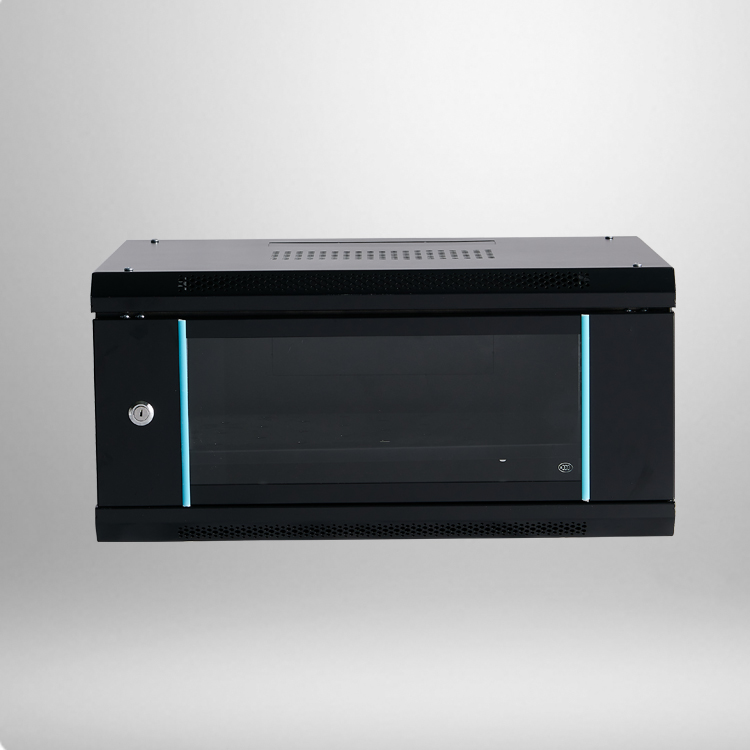
A network cabinet is a crucial component of any IT infrastructure as it houses all the essential networking and electrical equipment. To ensure that it functions optimally and lasts for a long time, it is essential to take proper care of the network cabinet. Here are some tips to extend the lifespan of your network cabinet:
Choose the Right Cabinet: Selecting the right network cabinet is essential to ensure long-term durability. Factors such as the material, design, and construction quality should be considered. Cabinets made from high-quality materials like steel are more durable and provide better protection for the equipment.
Proper Installation: Proper installation is crucial to prevent any damage to the network cabinet. Ensure that the cabinet is securely fixed to the floor or wall to prevent it from tipping over. Follow the manufacturer’s guidelines for installation and use appropriate mounting hardware.
Proper Cable Management: Effective cable management is crucial for the proper functioning and longevity of the network cabinet. Ensure that cables are neatly organized and properly secured using cable management solutions like cable trays or clips. This not only improves airflow but also reduces the risk of accidental disconnections or damage to cables.
Upgrade and Replace Outdated Equipment: Technology is constantly evolving, and outdated equipment may not be compatible with newer systems or provide the necessary level of performance and security. Regularly review and upgrade the equipment inside the network cabinet to ensure compatibility and optimize performance.
Implement Proper Security Measures: Implementing proper security measures is essential to protect the equipment housed inside the network cabinet. Install locks on the cabinet doors to prevent unauthorized access. Consider using additional security measures like CCTV cameras or access control systems to further enhance security.


